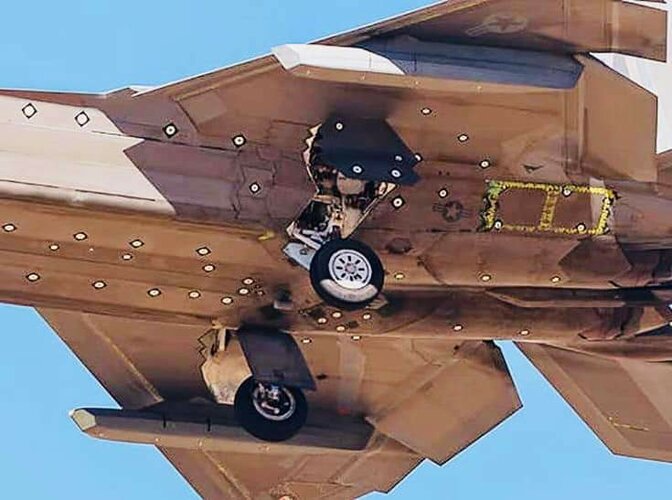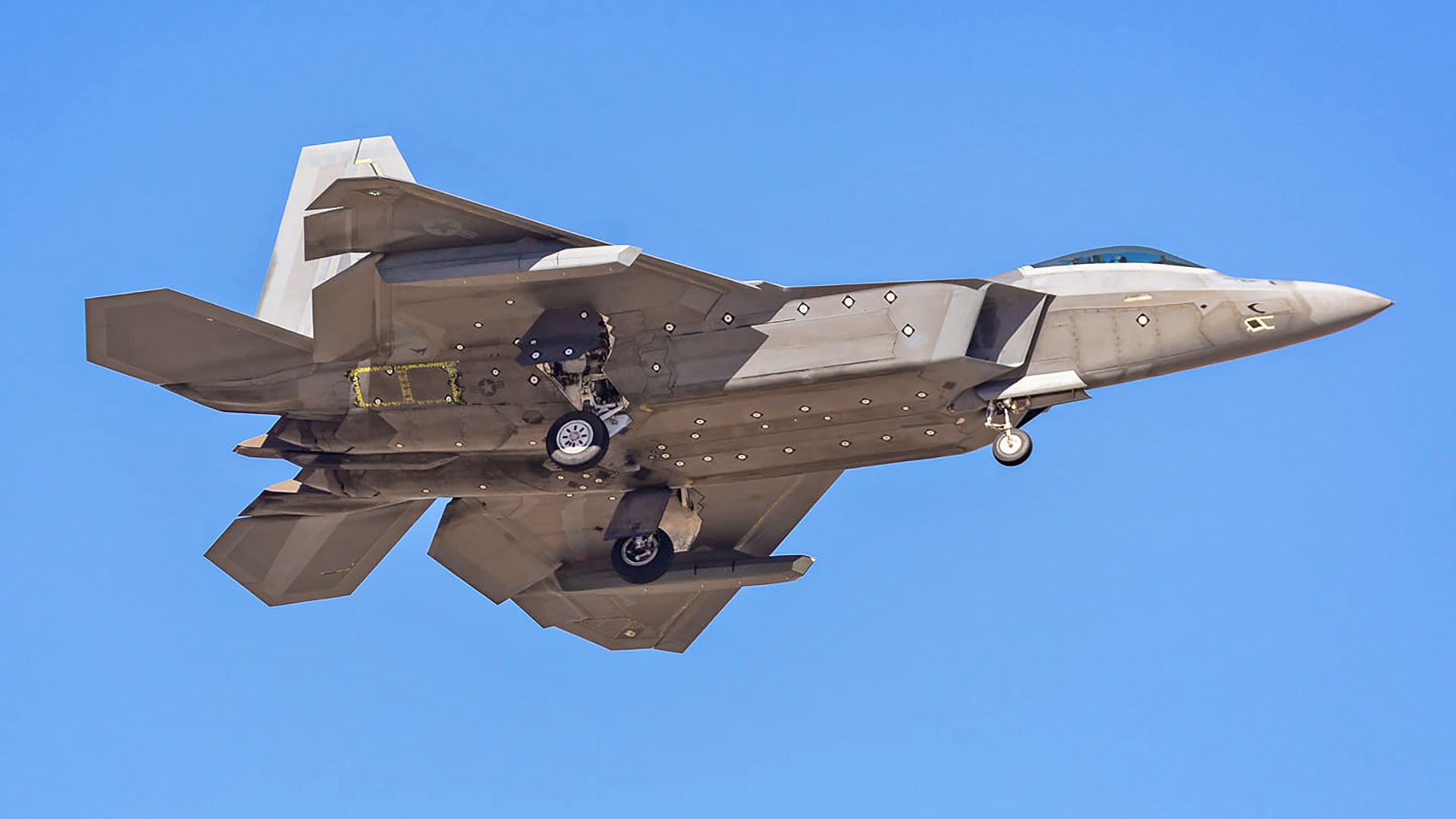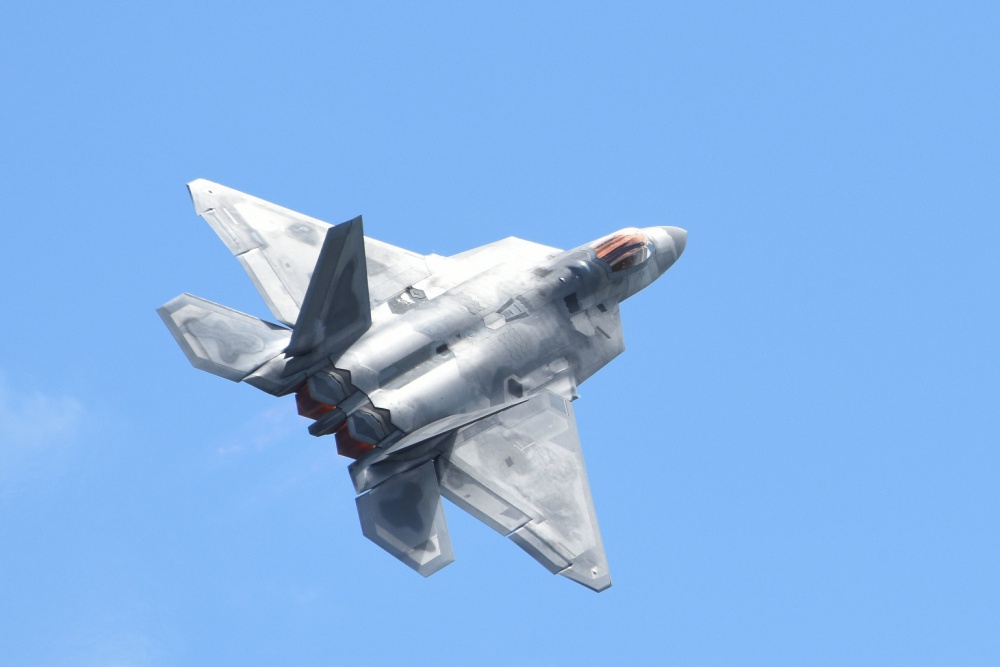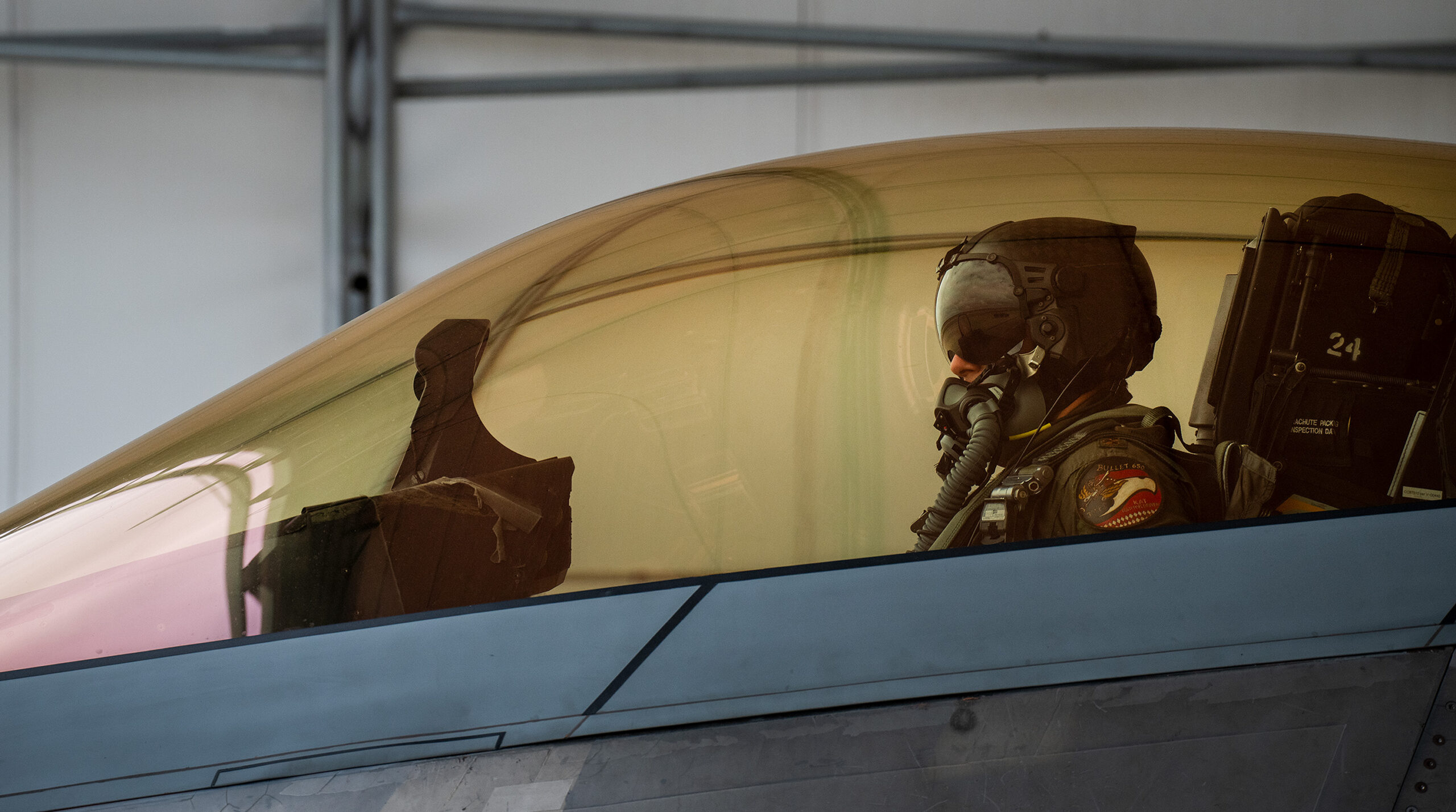kaiserd
I really should change my personal text
- Joined
- 25 October 2013
- Messages
- 1,665
- Reaction score
- 1,616
Arguments for 750 Raptors are unconnected to any plausible reality remotely related to how events actually played out.
Even 350 or 500 Raptors would have meant no F-35 and US forces having to, into the future, make do with “warmed up” later variants of F-16s, Super Hornets and Harriers II’s. Leaving their combat aircraft fleets looking significantly more outdated and vulnerable than they currently do.
I’m a fan of the F-22, and in my own rather potentially unrealistic scenario it’s a pity that another 40 - 60 were not built so to increase the numbers of the fleet that were more readily sustainable over the longer term, to give a bit more critical mass and reduce the significance of the early blocks.
But hundreds more F-22s (more than 600 more?) would have left you with a very resource intensive fleet of relatively inflexible airframes re: different roles they could undertake, and not at all well matched to the tasks and combat that the US airforce has actually found itself undertaking since the real-world decisions were made to curtail the F-22 production run. And as mentioned above the cost of that fleet would have a very significant negative impact on the quality of the rest of the US combat aircraft fleets (airforce, Navy and Marines).
Even 350 or 500 Raptors would have meant no F-35 and US forces having to, into the future, make do with “warmed up” later variants of F-16s, Super Hornets and Harriers II’s. Leaving their combat aircraft fleets looking significantly more outdated and vulnerable than they currently do.
I’m a fan of the F-22, and in my own rather potentially unrealistic scenario it’s a pity that another 40 - 60 were not built so to increase the numbers of the fleet that were more readily sustainable over the longer term, to give a bit more critical mass and reduce the significance of the early blocks.
But hundreds more F-22s (more than 600 more?) would have left you with a very resource intensive fleet of relatively inflexible airframes re: different roles they could undertake, and not at all well matched to the tasks and combat that the US airforce has actually found itself undertaking since the real-world decisions were made to curtail the F-22 production run. And as mentioned above the cost of that fleet would have a very significant negative impact on the quality of the rest of the US combat aircraft fleets (airforce, Navy and Marines).
Last edited by a moderator:




